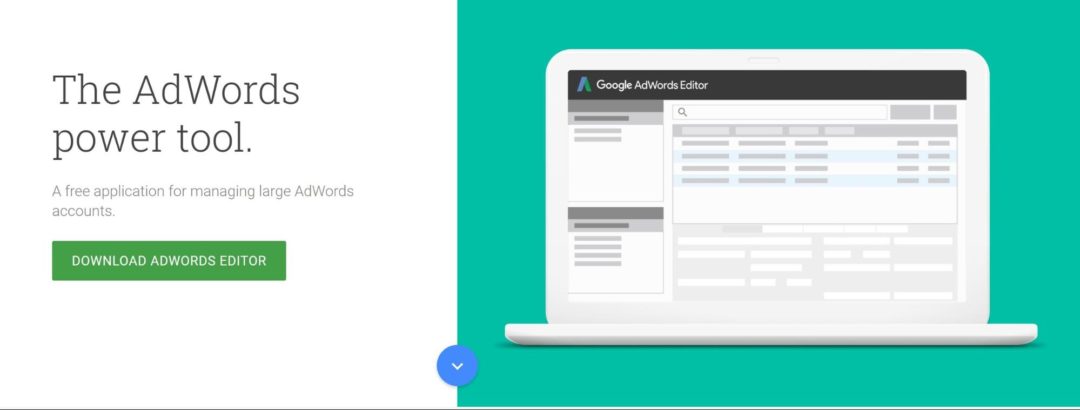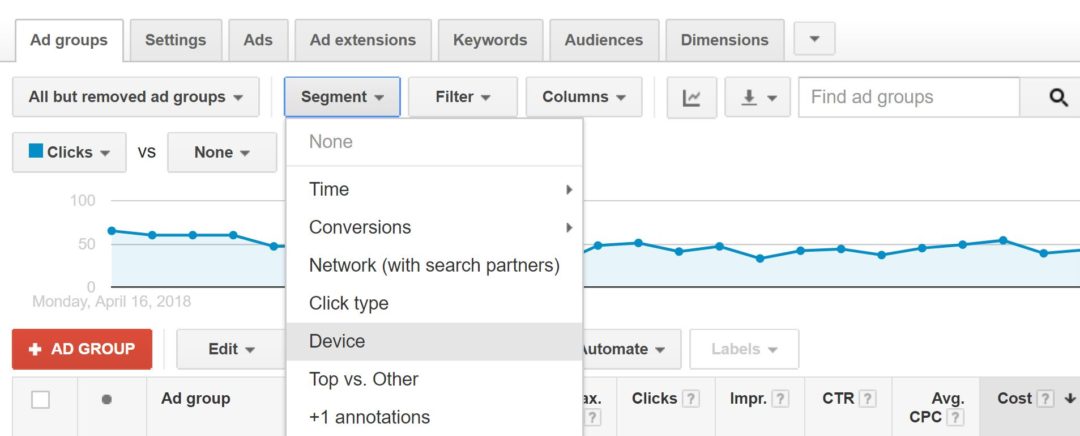AdWords is currently the most popular and effective digital advertising platform and customer acquisition channel. Google gives you full control of your advertising strategies and when done correctly allows you to reach more people, target specific audiences, and grow your brand faster and cheaper than traditional advertising methods. However, their platform is very complex and utilizing AdWords to generate leads is far from a simple task. Successful AdWords campaigns require extensive web knowledge and testing several techniques. Small changes can make a significant difference on your campaign performance. Below, we have gathered our 10 best PPC tips to improve campaign performance for eCommerce.
1. Always Test New Ad Copy
A/B split testing is a controlled experiment in web analytics where you create two or three ad copies and see which one performs better. Typically, you can create ads with different descriptions. For example, one ad copy can have text describing the unique features of the product and the other ad can be highlighting special deals or unique selling points (see examples below). In campaign settings, make sure ads are running with “rotate indefinitely” selected. It is also important to give the ads time to run (at least one month). Sometimes you need to wait a while for the data to build up. Then whichever ads have a lower CTR can be paused. You should never have only one ad running in an ad group. Marketing is all about testing new strategies and seeing which one works the best.
2. Use The AdWords Editor
The Adwords Editor is a free downloadable application provided by Google that allows you to make offline changes. The advantage of using the AdWords Editor is that it allows you to make more changes faster. The AdWords Editor allows you to bulk edit by selecting “making multiple changes”, adding many keywords and ad groups importing from excel, adding negative keywords, undo and redo edits, location targeting, creating ad copy etc. Once you’ve finished you can post the work you’ve done on Adwords Editor to your Google Adwords Accounts.
3. Use Ad Extensions
Quality score is now impacted by ad extensions so they are important to achieve lower prices and better ad positions. Go into AdWords, then extensions, and apply them at the account level so they get assigned to all ads in all campaigns (see below). Also add callout extensions, structured snippets and anything else you can. In addition, you can add extensions to the ad group level if you want to add extensions specific to only certain ad groups.
4. Look At The Search Terms Report
When viewing keywords within ad groups you can click “search terms” and view the search terms report (see below). These are the keywords and phrases that people are actually typing into Google when they view your ads. The report also includes metrics such as impression, clicks, and CTR. These are very helpful suggestions for adding new keywords to the ad group to help improve the overall performance of the ad group.
5. Bid On Your Client’s Brand Name
This strategy gets you the most conversions. Bidding on your client’s brand name, business name, or websites name is the best way to make sales. If you’ve been using Adwords for a while and you haven’t put your website/brand as a keyword you’re losing not only on conversions but also on brand awareness. This technique usually has the most conversions, the highest CTR, and the lowest CPC. This is because business names are typically unique therefore the competition is low. Also, when people search a brand name, their mind is already set on visiting that business’s website increasing the likelihood of making a conversion. It also increases your client’s recognition. People might try to find your business or website through google but it might not pop up if you don’t rank high for SEO. Don’t lose potential customers, start bidding on your brand and over time you’ll see the results.
6. Manual Bidding
You might think it’s better to let Google optimize your bidding strategy. However, this may not always be the best strategy for your account. Google is focused on making money for themselves and not your business. Therefore, manual bidding ensures that you are not overpaying for clicks. Some techniques you can use to set manual bidding is to start out using Google’s recommended bid. Then you can lower/raise your bids as the data builds up. Don’t be caught up in trying to be in the number one ad position. Position one is often very expensive to reach and can eat up your budget and lower ROI. Positions two through four are the sweet spot to still get good CTRs and conversions while keeping CPC low.
7. Follow The Structure Of Your Client’s Website
This is the best way to keep AdWords accounts organized and easy to follow for you and your client. Campaigns should be created similarly to how you navigate through your client’s website from their homepage. For example, eCommerce website often has tabs that lead to different pages on the site which has the list of products. In the same way, campaigns should be organized in the same way as you go from campaigns to ad groups and ultimately to the keywords.
8. Organize Accounts From Broad To Specific
This tip ties closely into tip 7. As you go from campaigns to ad groups to keywords, each step should get more specific. The campaign name should be the kind of product being sold, the ad group should be the different types or variations of that product, and the keywords should be directed specifically to the item. For example, if your clients sell T-shirts, you can create a campaign called “T-shirts” and the ad groups can be named men, women, kids, and example keywords can be “black men’s T-shirt”. This maks accounts a lot more easy to understand and simpler. Sometimes simpler is better.
9. Monitor Device Activity
Pay attention to how your campaigns perform on different devices. Often times, after campaigns have been running for a while, you’ll notice a difference in how it performs on mobile vs desktop. When you are in a selected campaign select “segment” and a drop down menu will show allowing you to segment by device (see below). If there are significant variations between the two, it might be a good idea to create a duplicate campaign targeting just mobile or just desktop. You can do this buy lower device bids in the campaign settings. This way you can focus more of your budget on the device that is more favorable to your client’s business.
10. Set Up Remarketing Campaigns
Remarketing targets past visitors or buyers to your site with ads. For eCommerce sites, it is a good idea to create a display campaign using an image ad to show up on Google search partner sites target previous buyers or converters on your site. This will help increase the frequency of recurring sales.
Conclusion
These are some of our PPC tips to help increase your campaign performance in Google AdWords. These ten steps cover basic fundamental practices for increasing your ROI for PPC campaigns. If you’re ooking to improve your PPC skills add these pro tips into your strategy.
Paid Search Developer









